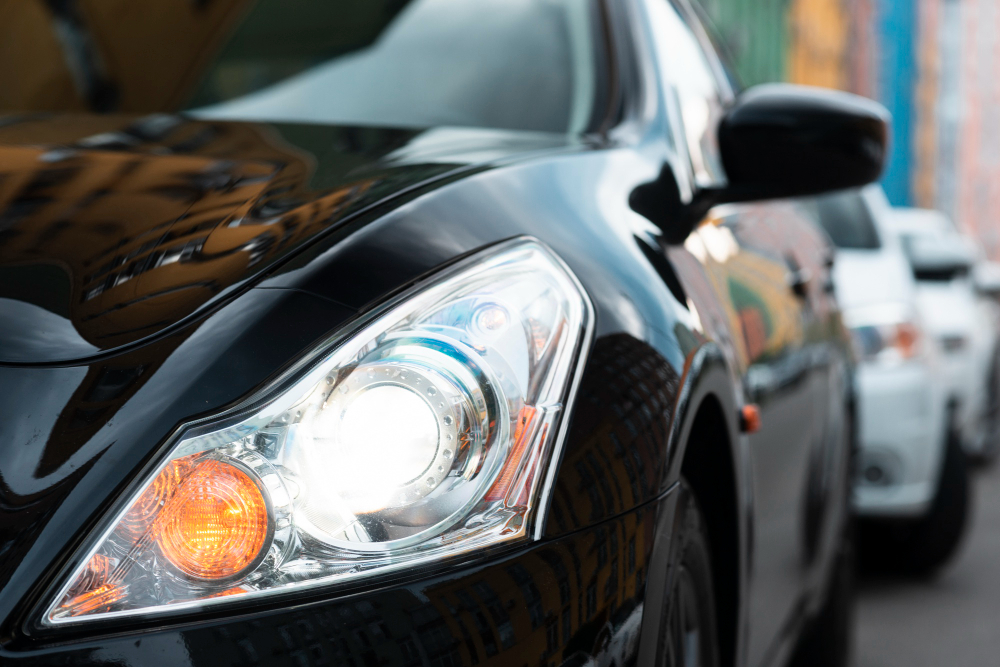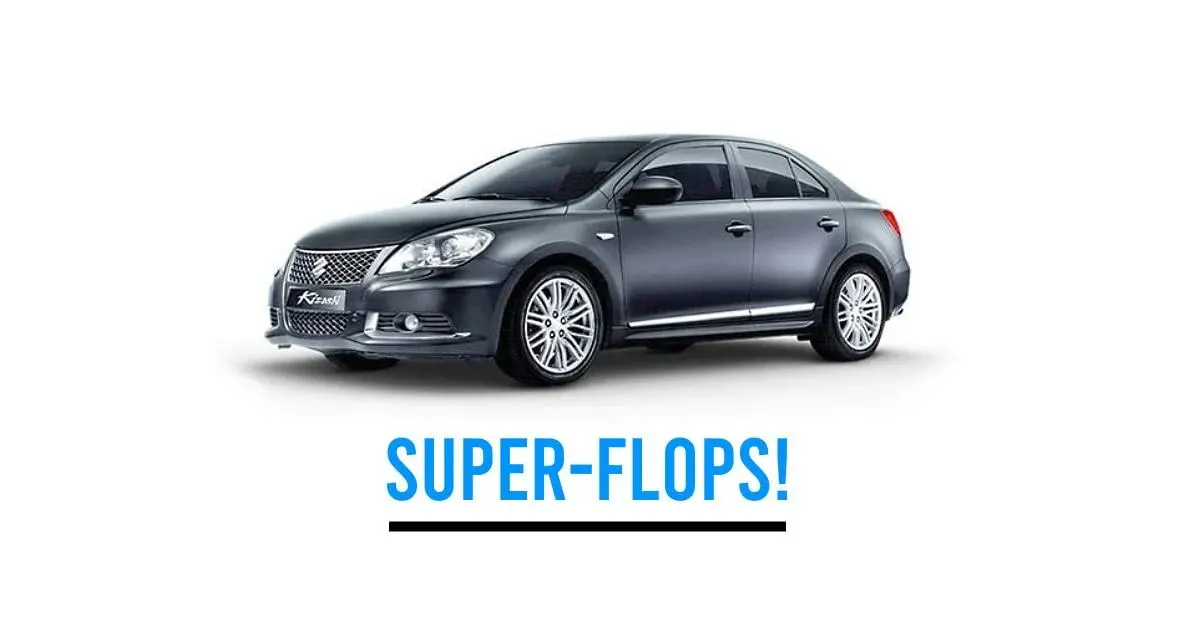India is a market brimming with potential, which is why numerous car manufacturers are venturing into experimenting with various new products. Although several of these new models have achieved success, there is a considerable number of cars that failed to perform well and turned out to be flops in the Indian market. In this article, we will delve into the discussion of ten such cars that represent the biggest flops in the history of the Indian automotive industry.
Opel Vectra
Opel, as a brand, had a brief stint in the Indian market. During its presence, the brand introduced models such as the Corsa and Astra sedan. Additionally, Opel launched the Vectra sedan to compete in the D-segment. However, with a price tag of Rs 16.75 lakh, it proved to be excessively expensive for the Indian market, particularly during that period. The Vectra boasted a 2.2-liter petrol engine generating 146 Bhp and came equipped with numerous features. Unfortunately, it lacked reliability and incurred high maintenance costs.
Ford Fusion
Also read: Honda launches new air filter to keep germs, pollutants and viruses out

Currently, we are witnessing a surge in the sales of crossover and compact SUVs in India. Prior to introducing the EcoSport, Ford had launched the Fusion in the market with the intention of gaining a first-mover advantage. Unfortunately, the Fusion’s boxy and upright design did not resonate well with many Indian consumers. Moreover, Ford vehicles were known for their high maintenance costs during that time, and the Fusion proved to be no exception. Additionally, it lacked fuel efficiency. The Fusion was available with a 1.6-liter petrol engine producing 105 Ps and a 1.4-liter diesel engine producing 68 Ps.
Chevrolet SR-V

Essentially, the SR-V was a shortened version of the Optra sedan, which was available for sale in India. Its rear profile featured a distinct design that garnered mixed reactions from the public. The SR-V utilized the same 1.6-liter engine found in the Optra sedan. However, due to its high price, Indians were hesitant to invest a substantial amount in a hatchback. Consequently, Chevrolet faced difficulties in sustaining sales of the SR-V in India, leading to its discontinuation.
Mahindra Nuvosport

While Mahindra boasts several successful SUV products in their portfolio, the same cannot be said for the sub-4 meter segment. Mahindra ventured into this segment with a shortened version of their Xylo, known as the Quanto. They even made efforts to enhance the product by rebranding it as the NuvoSport, aiming to make it more appealing to customers. Unfortunately, these attempts did not prove fruitful, and similar to the Quanto, the NuvoSport also faced a significant failure in the market.
Tata Bolt

Tata introduced the Bolt as a successor to the Indica Vista. It was a decent product; however, its design bore a resemblance to the Vista hatchback, which didn’t resonate well with buyers. Tata subsequently shifted their focus to the Tiago, which became a successful product. As a result, the Bolt was eventually phased out from the market. The Bolt was offered with a choice of a 1.2-liter petrol engine and a 1.3-liter diesel engine.
Mitsubishi Cedia

Following the success of the Lancer, Mitsubishi aimed to replicate it in the market with the Cedia sedan. It competed with popular sedans like the Honda City, which maintained its popularity in the segment. Positioned as a premium and sportier alternative to the Lancer, the Cedia failed to generate the desired traction. It was equipped with a 2.0-liter petrol engine to power its performance.
Nissan Evalia

Despite being an incredibly spacious MPV, the Nissan Evalia failed to capture the favor of Indian customers. Its boxy design and subpar interior quality contributed to its lack of popularity. Additionally, the Evalia suffered from being priced significantly higher than its competitors such as the Maruti Ertiga and Renault Lodgy. Under the hood, it featured a 1.5-liter diesel engine.
Renault Captur

The Renault Captur stands as one of the largest failures for the French carmaker. Boasting a premium design, it was equipped with a 1.6-liter petrol engine and a 1.5-liter diesel engine. However, it failed to appeal to Indian customers, primarily due to its crossover-like design. Despite attempting to capitalize on the success of the Duster, the Captur fell short of expectations and failed to make a significant impact in the market.
Datsun Go+

Datsun has officially ceased its operations in India due to low sales. The brand initially entered the market with the GO hatchback and later introduced an extended version called the GO Plus, featuring a 5+2 seating configuration. While the GO Plus offered increased practicality compared to the regular hatchback, Datsun’s cost-cutting measures resulted in a cheap appearance that deterred potential buyers from choosing it.
Fiat Urban Cross

Fiat made attempts to allure customers with unique offerings like the Avventura. However, many found the process of opening the Avventura’s boot to be cumbersome or tiresome. In an effort to rectify this issue, Fiat launched a new product called the Urban Cross, which did not feature a spare wheel on the tailgate. Unfortunately, by this time, Fiat had gained a reputation as a volatile brand, and the Fiat Urban Cross failed to make a significant impact. The Urban Cross was available with a 1.4-liter turbo petrol engine and a 1.3-liter diesel engine.
Also read: 10 DC Design cars & how they look in the REAL world: Maruti Swift to Mahindra XUV500

